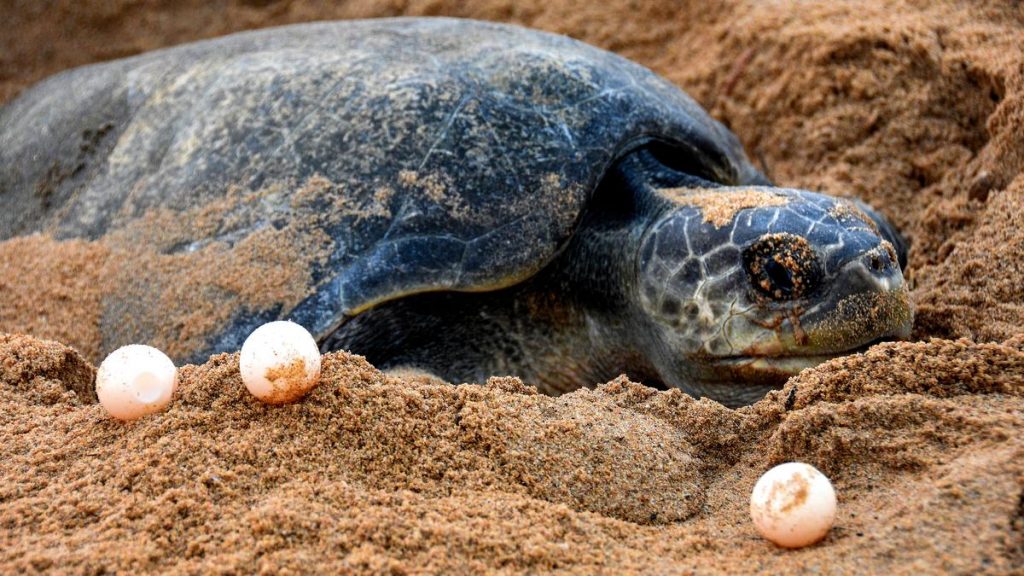Bhubaneswar: On World Turtle Day Thursday, Chief Minister Naveen Patnaik called upon people to create a welcoming environment and a safe nesting cove for the endangered Olive Ridley turtles. The CM said, “With our exemplary conservation efforts and sustained campaigns, Odisha coast has become a favourite destination for mass nesting these species.” In Odisha the nesting sites of Olive Ridley turtles are located at Rushikulya river mouth in Ganjam district, Gahirmatha beach in Kendrapara and Devi river mouth in Puri. The mass nesting of turtles usually begins in March after the November-December mating season in deep sea. Every year lakhs of turtles visit the sites to lay eggs. Odisha government had banned visitors from entering the nesting sites of Olive Ridley sea turtles along eastern coast of the state. Earlier, the state government had also clamped a seven-month ban on sea fishing from November to May within 20 km off the coast to ensure the safety of marine species including Olive Ridley turtles for their mating and breeding.
However, some experts alleged that many fishermen continue fishing activities without intervention from fisheries and forest officials. This year the Olive Ridley turtles had already made their way to Odisha’s Gahirmatha beach for mass nesting. According to report, their arrival was delayed by a month, reportedly due to the unsteady sea and spells of unseasonal rain. The turtles chose the Gahirmatha Beach due to its unique topography that keeps the beach safe from erosion by waves. It is believed to be the world’s largest-known nesting ground of Olive Ridley turtles. The female turtles invade the Gahirmatha beach for nestling between February and March.
Each turtle typically lays 120–150 eggs, in conical nests that are dug 1.5 feet deep. The nestling process takes place over three to 10 days. After laying the eggs, the female turtles return to the sea. The hatchlings emerge after 45 to 60 days and soon make their way to the ocean in the night as they follow the light reflected on the ocean’s surface. All species of sea turtles in India, including the Olive Ridley turtles, are protected under Schedule I of the Wildlife Protection Act, 1972, which bans their hunting, domestication, or trade.
ARINDAM GANGULY, OP
